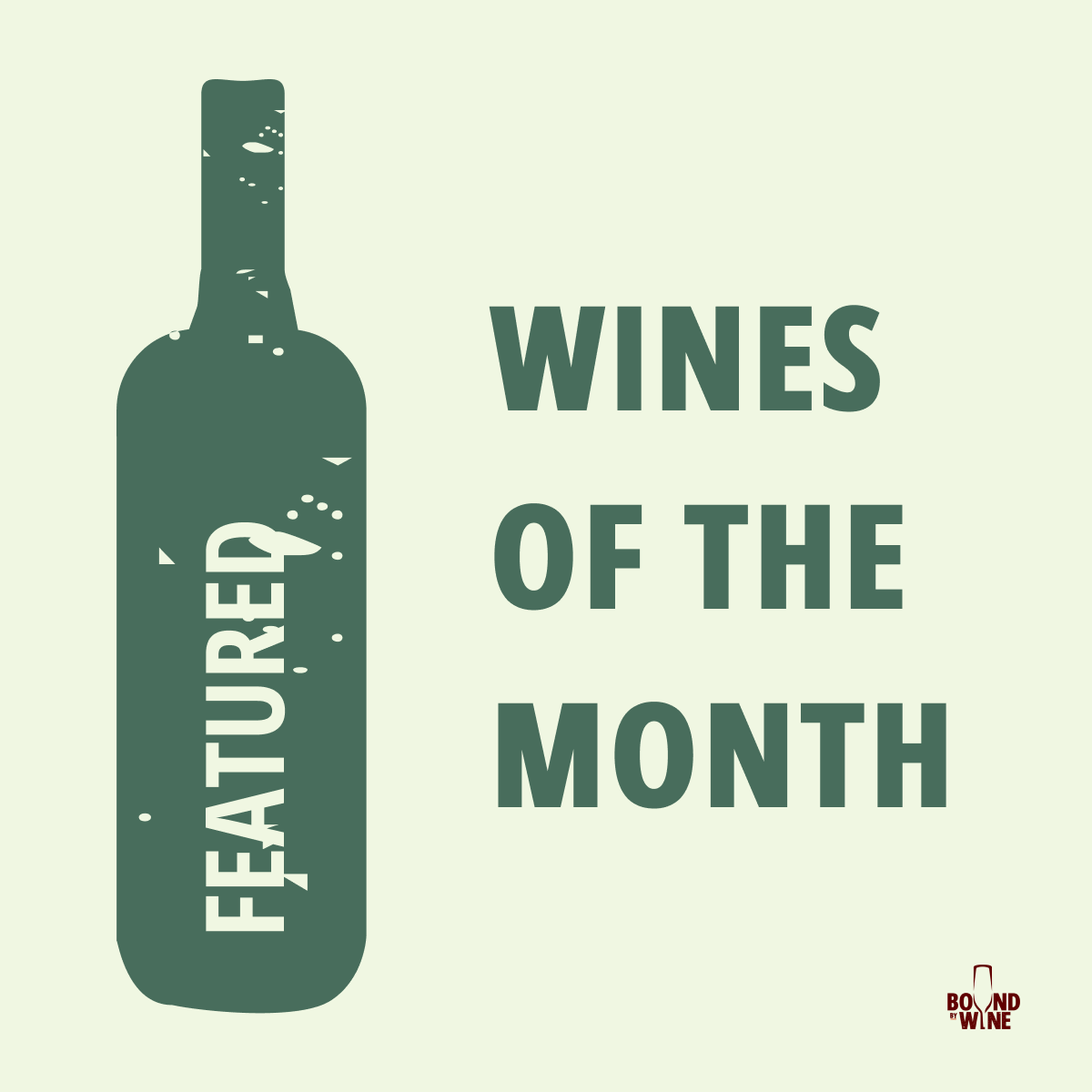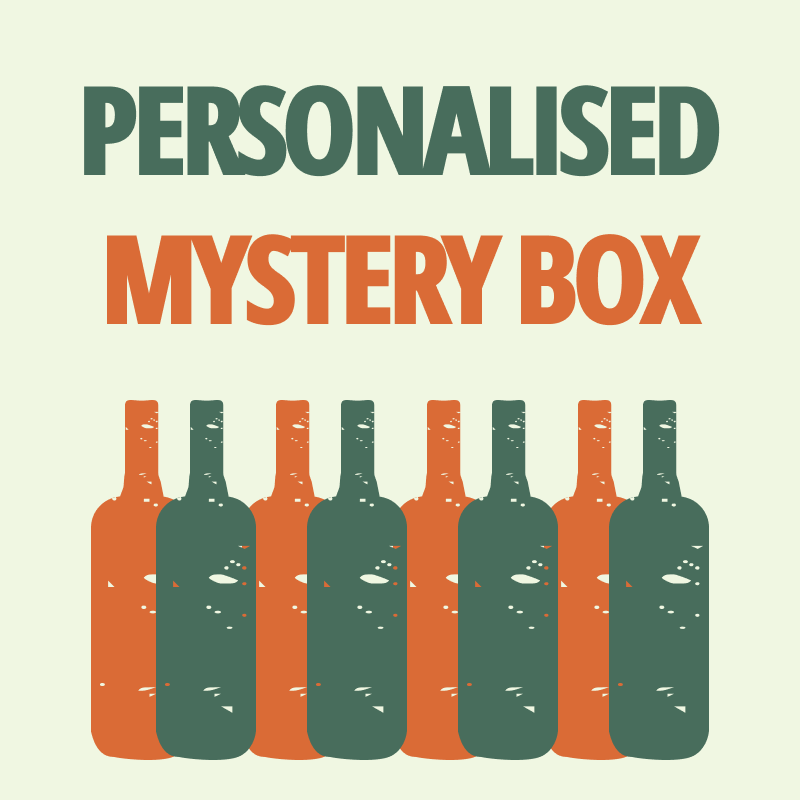Autolyse (On Lees Ageing)
Autolysis & On Lees Ageing: Enhancing Wine Complexity
On lees ageing, also known as autolysis, is a winemaking technique where wine is aged in contact with dead yeast cells (lees) after fermentation. This process develops rich textures, complex flavors, and enhanced mouthfeel, especially in Champagne, sparkling wines, and some still wines.
What is Autolysis in Winemaking?
Autolysis refers to the breakdown of yeast cells over time, releasing proteins, amino acids, and polysaccharides into the wine. This adds creaminess, roundness, and complex aromas such as:
Brioche & Toast – Common in Champagne & aged sparkling wines.
Nutty & Almond Notes – Found in aged white wines like Burgundy Chardonnay.
Creamy & Buttery Texture – Softens acidity and enhances richness.
Umami & Savory Elements – Especially noticeable in long-aged wines.
Winemaking Techniques Involving Lees
Bâtonnage (Lees Stirring)
- Winemakers stir the fine lees back into the wine during ageing.
- Helps develop creamier texture & depth.
- Common in Burgundy Chardonnay & Loire Valley whites.
Sur Lie Ageing (Aging on Lees)
- Wine is left on lees for an extended period.
- Can be done in stainless steel, oak barrels, or amphorae.
- Found in Champagne, Muscadet, and some premium Chardonnays.
Extended Lees Ageing
- Used in high-quality Champagne and sparkling wines.
- Wines aged for several years on lees gain complexity and longevity.




















































































